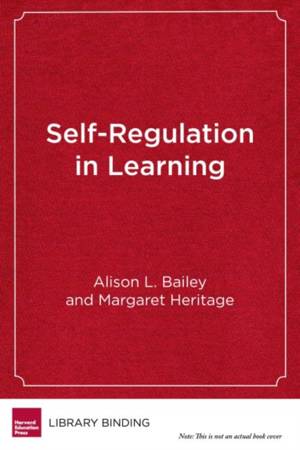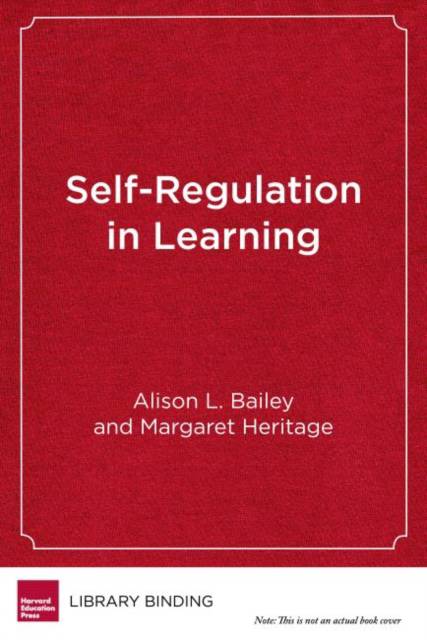
- Retrait gratuit dans votre magasin Club
- 7.000.000 titres dans notre catalogue
- Payer en toute sécurité
- Toujours un magasin près de chez vous
- Retrait gratuit dans votre magasin Club
- 7.000.0000 titres dans notre catalogue
- Payer en toute sécurité
- Toujours un magasin près de chez vous
Self-Regulation in Learning
The Role of Language and Formative Assessment
Alison L Bailey
Livre relié | Anglais
85,45 €
+ 170 points
Format
Description
In their new book, Alison L. Bailey and Margaret Heritage illustrate how to help students become more self-regulated learners--that is, to be able to monitor and take charge of their own learning when working independently and in groups. Language provides the foundation for the development of self-regulatory skills, enabling students to express themselves and negotiate interactions with others; the demands of these self-regulatory processes in turn can support the development of rich vocabulary and social language skills. The authors also emphasize the role of formative assessment as a means of supporting students in engaging in language-rich, self-regulated learning. Self-Regulation in Learning shows how classrooms can be intentionally designed to support ambitious learning. Detailed vignettes from real-life classrooms illustrate the teacher's role in helping students gradually master the processes of self-regulation, socially shared regulation, and coregulation. Each chapter also includes strategies for addressing the needs of English learners in the general education classroom. Students' capacity for self-regulation is central to the set of outcomes that compose college and career readiness: communicating and collaborating effectively, problem-solving, setting goals and following through on them, and applying knowledge in deep and rigorous ways. Self-Regulation in Learning represents an invaluable contribution to research-based classroom practice.
Spécifications
Parties prenantes
- Auteur(s) :
- Editeur:
Contenu
- Nombre de pages :
- 160
- Langue:
- Anglais
Caractéristiques
- EAN:
- 9781682531686
- Date de parution :
- 24-04-18
- Format:
- Livre relié
- Format numérique:
- Bibliotheekbinding
- Dimensions :
- 157 mm x 234 mm
- Poids :
- 340 g

Les avis
Nous publions uniquement les avis qui respectent les conditions requises. Consultez nos conditions pour les avis.






